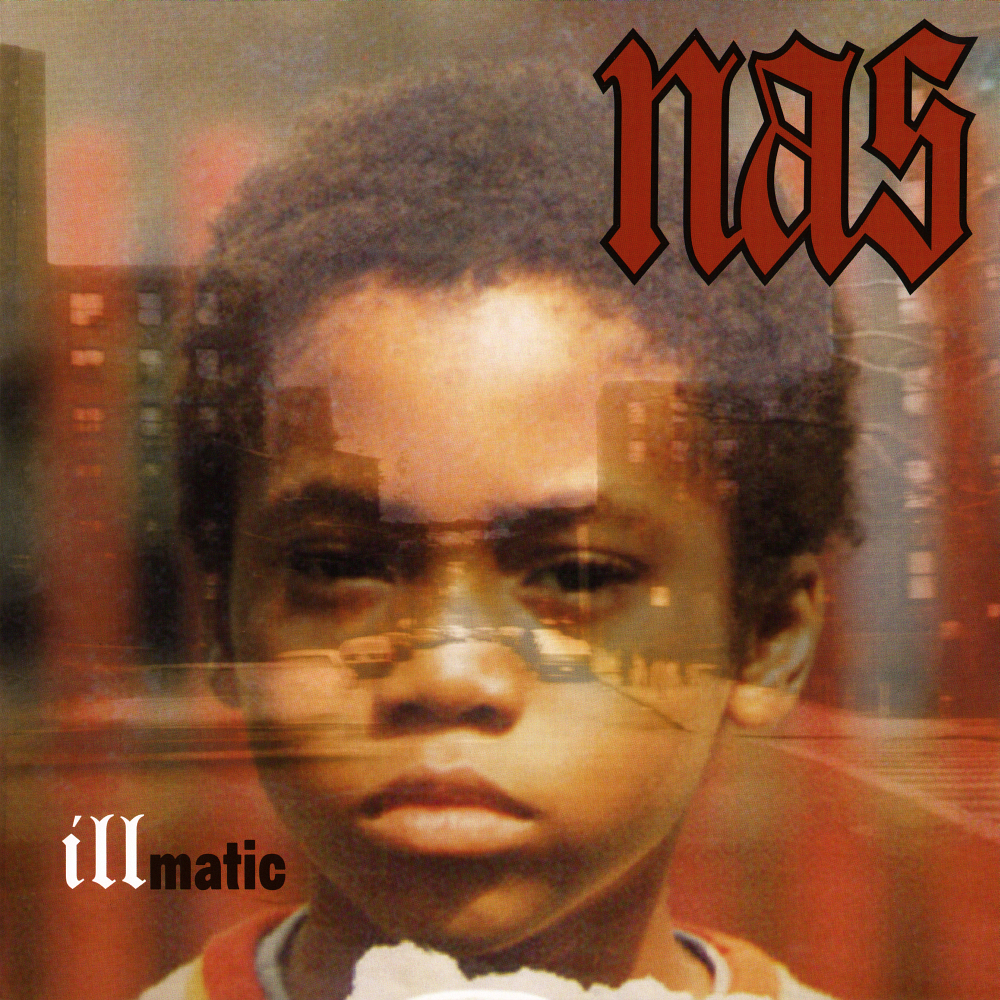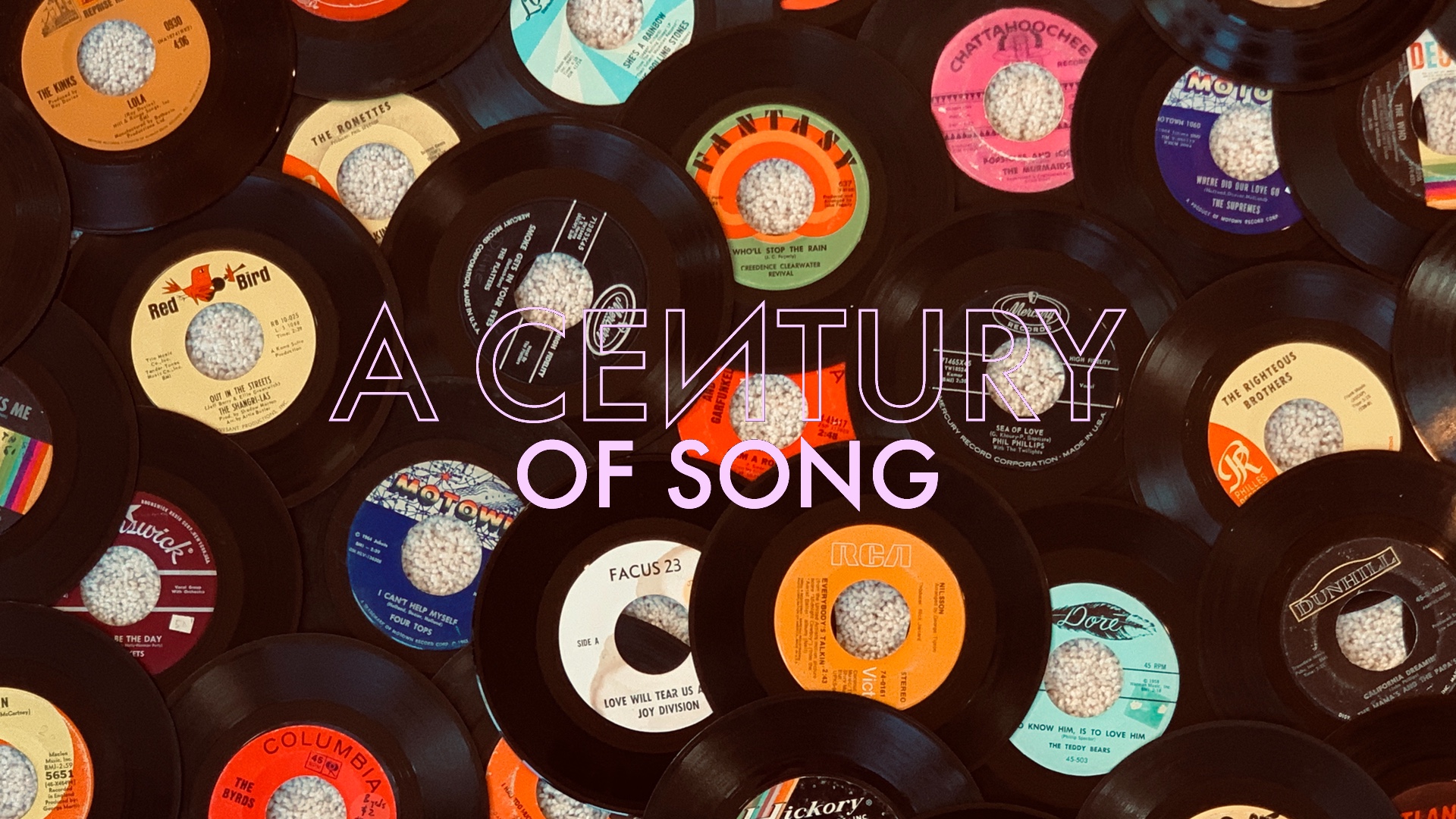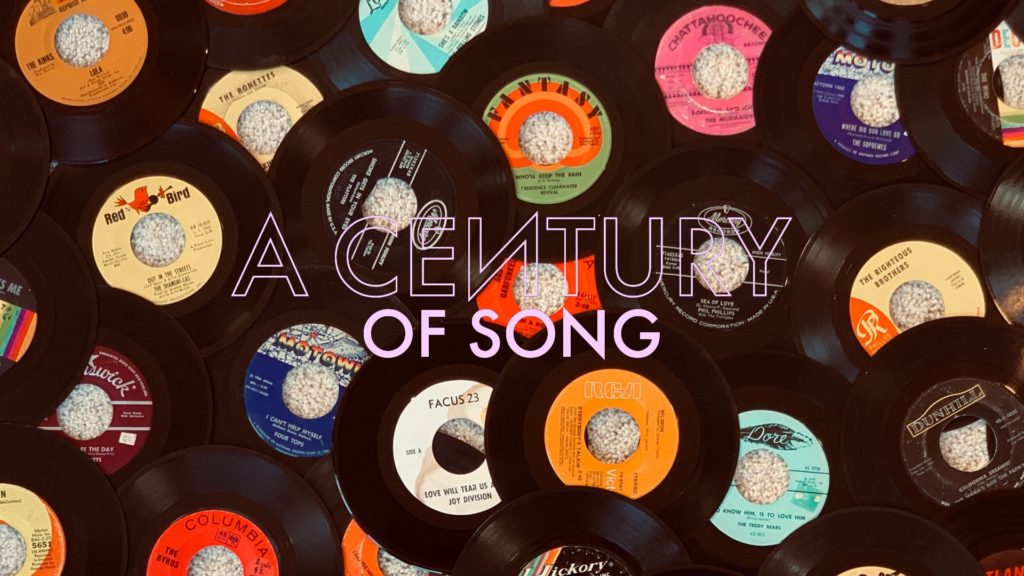
A Century of Song is an attempt to summarize 100 years of popular music through 1000 carefully chosen tracks. Included within this list are landmark singles, stellar album cuts, huge hits, hidden gems, and more than a few personal favorites. Read the introduction for the project here, and enjoy the embedded videos and Spotify playlist.

760
Famously fought over – both within the band and between the group and Reprise Records – Wilco’s 2002 masterpiece, Yankee Hotel Foxtrot, found the Chicago group undergoing a dramatic artistic renaissance. Nowhere is this more apparent than in the album’s opening track, “I Am Trying to Break Your Heart.”
While 1999’s Summerteeth found Jeff Tweedy moving away from the more straightforward narratives of his earlier songwriting – both with Wilco and Uncle Tupelo – Yankee Hotel Foxtrot represented a sometimes-jarring shift into abstraction. The album’s opening lines are a world away from the alt-country leanings of a track like 1995’s “Passenger Side”:
I am an American aquarium drinker
I assassin down the avenue
I’m hiding out in the big city blinking
What was I thinking when I let go of you?
Tweedy’s lyrics are dense, poetic, and opaque, and they are matched by the song’s plinking piano and stop/start rhythm. By track’s end, he returns to the opening lines, shouting them like a mantra – this time over bowed cello, electronic detritus, and a shriek of feedback. It’s the sound of an artistic rejuvenation. It’s the sound of a band, reborn.
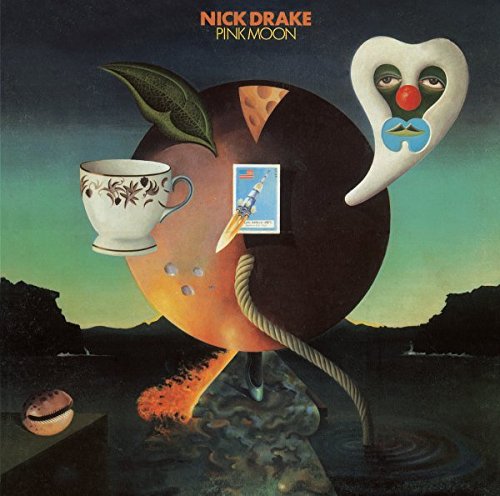
759
While Nick Drake’s Pink Moon is one of the most haunting swan songs in the popular canon, it’s not the bleak, nihilistic portrait that some may expect based on the album’s reputation. It’s hushed and beautiful, delicately performed, and more resigned than bitter. Second track – and a highlight among many – “Place to Be” is Pink Moon in a microcosm.
Save for a few seconds of piano on the title track, Pink Moon features just Drake’s voice and acoustic guitar. The gentle strumming that opens “Place to Be” sets the tone for a song of solemn remembrance. Drake sings of the fade of youthful optimism and innocence with startling conviction – especially considering that he was all of twenty-three years old when he wrote and performed it. It’s pastoral and peaceful, but ultimately heartbreaking.
758
Considered by many aficionados to be the best hip-hop album of all-time, Nas’ 1994 debut, Illmatic, is a landmark that the Brooklyn-born rapper has never matched with his subsequent work. While the album is a tour de force from the then-twenty-year-old, one of its finest tracks is equally impressive for its guest features.
“Life’s a Bitch” opens with a verse from fellow-Brooklynite, AZ – his first ever performance on record. With an extremely high bar already set, Nas follows with one of his best verses – on Illmatic or elsewhere – wherein he reflects upon the hardships of growing up in Brooklyn’s Queensbridge public housing. Bringing the track’s autobiographical nature full circle, “Life’s a Bitch” closes with a cornet solo by Nas’ father, Olu Dara.
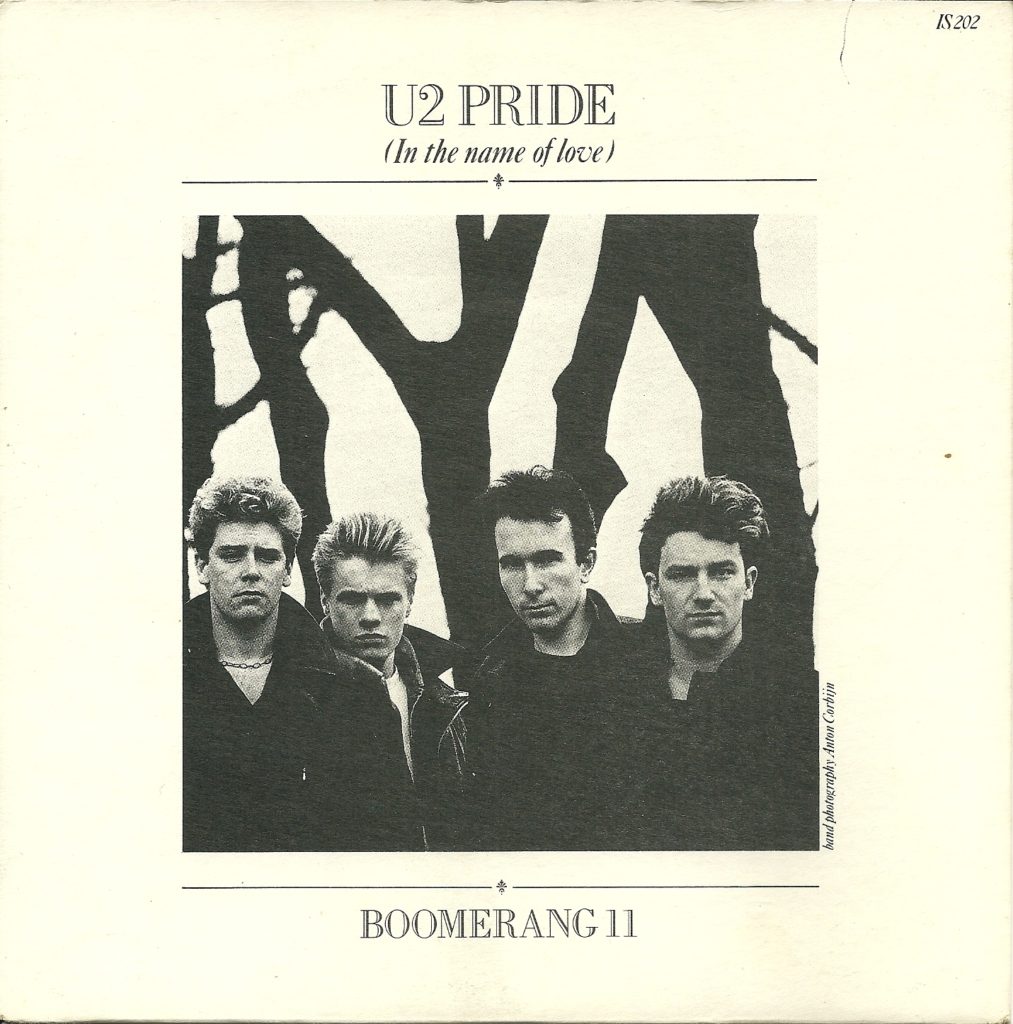
757
As the lead single to U2’s Brian Eno/Daniel Lanois-produced The Unforgettable Fire, “Pride” introduced the group’s newfound atmospheric elements to their stadium-ready post-punk anthems. Representing an artistic breakthrough for the Dublin band, it remains one of the signature moments in their catalog.
It might have seemed a bit incongruous for an Irish rock group to release a tribute to the late Martin Luther King Jr. in 1984. After all, U2 have never been strangers to accusations of grandstanding. However, “Pride” is ultimately sold on the power of the band’s performance – particularly The Edge’s celebratory guitar riff – and the sincerity and passion of Bono’s lyrics.
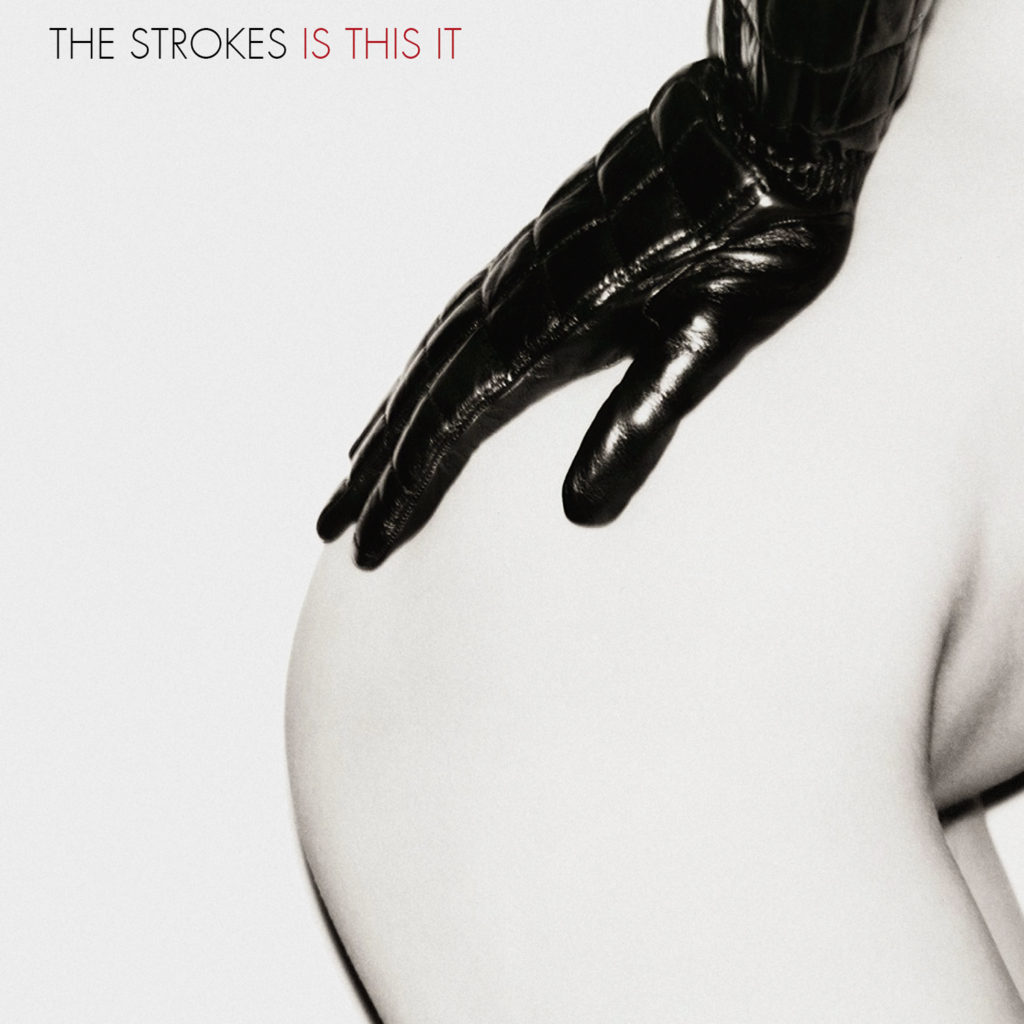
756
From the vantage point of mainstream outlets, rock music was at something of a nadir at the turn of the 21st century. While critical standard-bearers such as Radiohead had moved away from simple rock-ism, guitar-based music was largely represented by sophomoric post-grunge groups and a wave of lunkheaded “nu-metal” acts. The “everything is cyclical” nature of popular culture had returned rock back to its comfort zone, eschewing the creativity and eclecticism of the post-Nirvana indie feeding frenzy, and once again making rock “dumb music for dumb people” – mixing the angst of alternative with the boneheaded misogyny of hair metal.
It’s unsurprising that critics seemed hell-bent on making the “garage rock revival” a thing, and in many ways, the poster band for this loosely-defined scene was the New York group, The Strokes. While their privileged upbringing made the band unlikely ambassadors for grittiness, the band displayed a back-to-basics sensibility that came off as refreshingly authentic, despite its calculation. Their debut, 2001’s Is This It, was instantly hailed as a landmark.
The album’s lead single, “Last Night” is arguably its strongest track. Showcasing the band’s tight musicality, and Julian Casablancas’ cooly deadpanned vocals, the song was a welcome change of pace from contemporary rock hits. Even if Is This It wouldn’t reclaim rock for the intellectuals, it at least did its part to make the genre fun again.
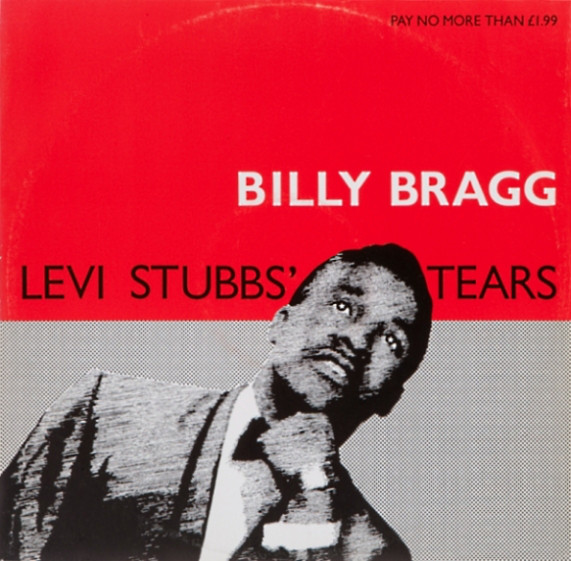
755
Arriving as an anomaly at the peak of Thatcher-era Britain, Billy Bragg became an unlikely rock star. While it was his leftist leanings that initially earned him the most attention, Bragg would ultimately become one of the most versatile songwriters of his generation. One of his finest tracks, “Levi Stubbs’ Tears” is a prime example of his ability to mix the political with the personal.
Though it avoids politics in the typical sense, “Levi Stubbs’ Tears” is an issues song, focusing on the damaging effects of both poverty and domestic violence. It’s an empathetic portrait of a victim of abuse – one who finds solace and solidarity in the pain expressed by the voice of the titular Four Tops singer.
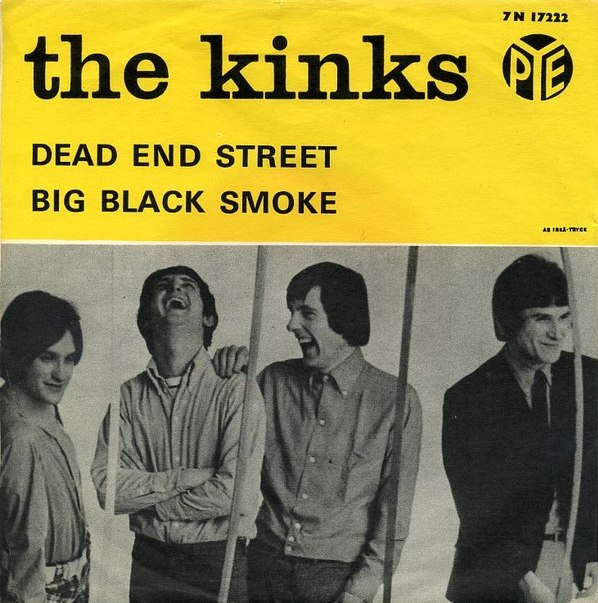
754
Another British examination of class and poverty, “Dead End Street” is one of Ray Davies’ finest compositions – released as a non-album single between the remarkable Face to Face (1966) and Something Else (1967). A minor–key number that mixes its dirge-like nature with elements of British music hall sounds, the track revealed the growing complexity of Davies’ songwriting as The Kinks entered their golden age.
Davies would continue to explore similar themes on subsequent singles and albums – particularly 1969’s Arthur – but he manages to pack in an extraordinary amount of detail and emotion into this brief track. It stands as one of the peaks in The Kinks’ brilliant catalog.
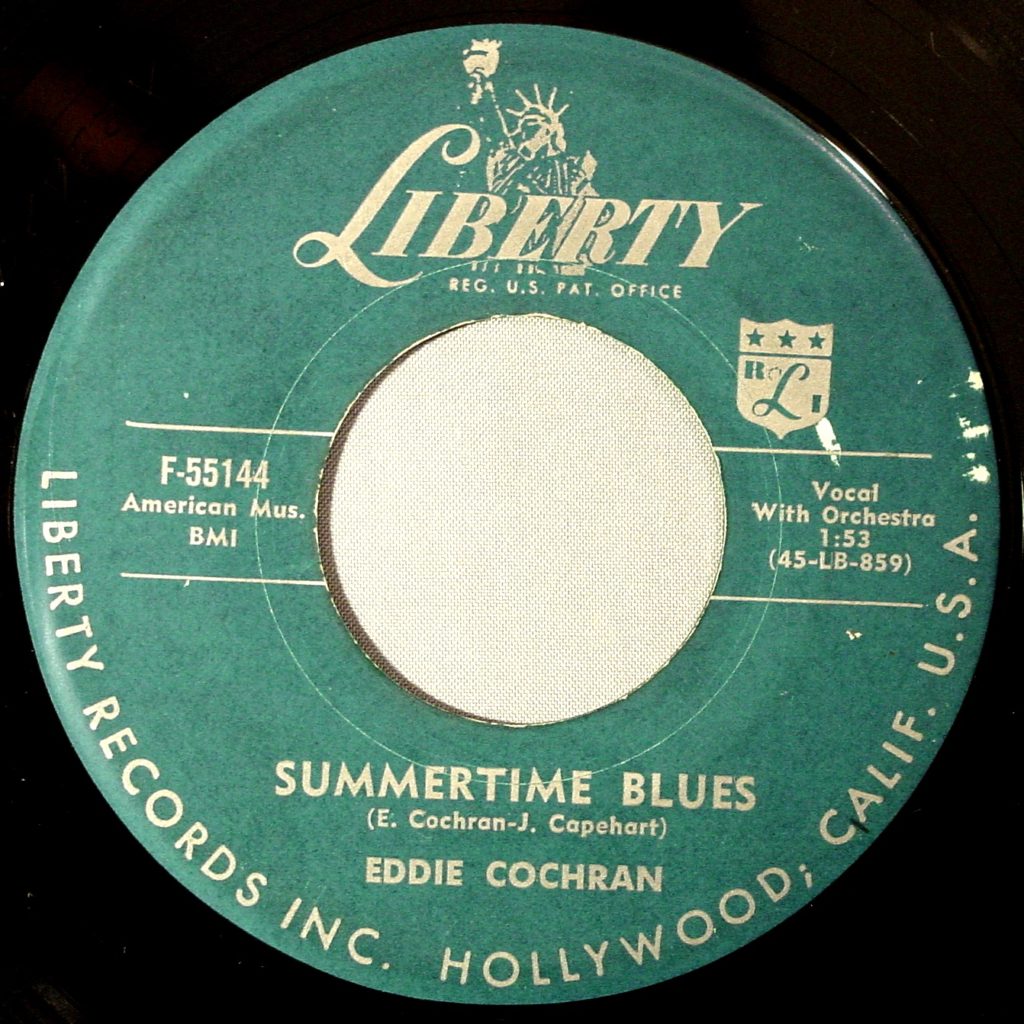
753
Eddie Cochran was one of the most talented members of the first generation of American rock stars. A gifted songwriter and magnetic performer, Cochran would ultimately find breakthrough success with a song that tapped into the youthful impulse toward angst and rebellion, which he released in July of 1958.
The rollicking, rockabilly-inspired “Summertime Blues” was a hit on both sides of the Atlantic, prompting Cochran to schedule a tour of the UK in early 1960. Tragically, it was during that tour that Cochran died in a road accident at the age of twenty-one. Despite the brevity of his life and career, his signature track remains an immortal summer anthem.
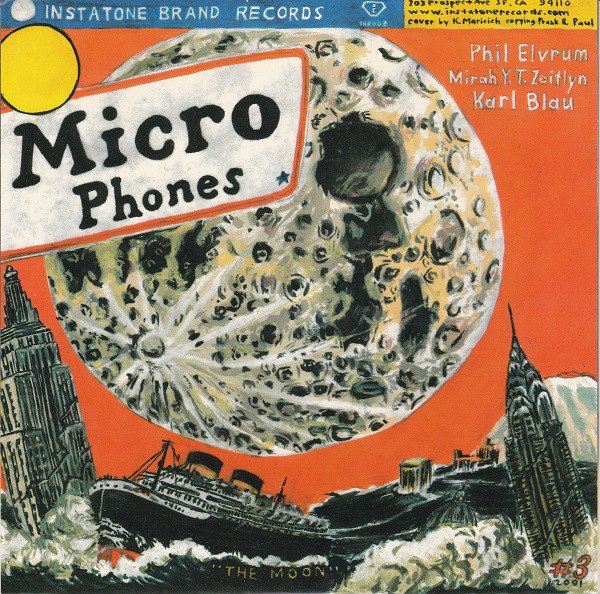
752
The centerpiece of his 2001 masterwork, The Glow, Pt.2, the enigmatic “The Moon” is a fascinating glimpse into the artistry of Phil Elverum. Like the tracks that surround it on The Glow – and essentially his work as a whole – it finds Elverum channeling transcendentalism in its celebration of the landscape and the elements, but it juxtaposes that spiritual connection to nature with the thrill of new love in its windingly cryptic lyrics.
Musically, “The Moon” is far more immediate than most of the tracks in The Microphones’ catalog. Paced by a frenetic drum performance and punctuated with sparse brass fanfare, it’s an uncharacteristically dense moment on a largely serene album, which ultimately helps to make it all the more impactful.
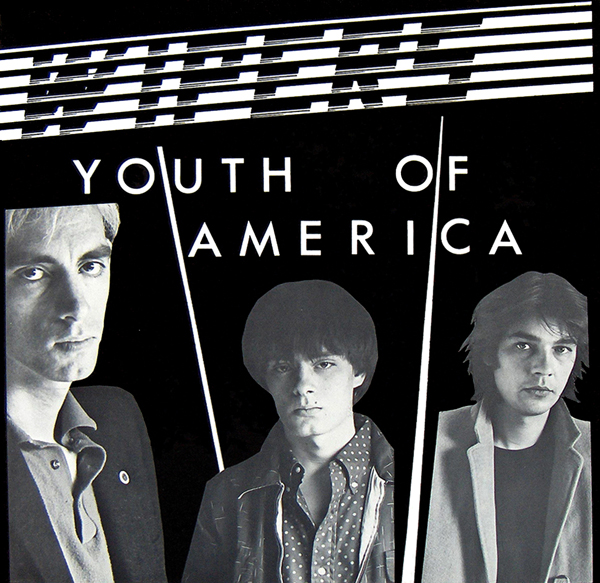
751
Greg Sage is an overlooked figure among American punk innovators. Sage formed Wipers in Portland in 1977, becoming the band’s vocalist, guitarist, and primary songwriter. For the group’s second – and finest – album, 1981’s Youth of America, Sage also served as producer and engineer, managing to capture the increasingly dense and dark sound of his guitar work. It was a sound that would prove to be extremely influential to subsequent generations of punk and shoegaze guitarists.
One of Youth of America‘s highlights, “When It’s Over” is six-and-a-half minutes of intense build. Sage’s layered guitar tracks create an enveloping atmosphere – so much, in fact, that the song’s minimal lyrical section ultimately takes a backseat to its preceding instrumental passages. Intriguing, cryptic, and exploratory, “When It’s Over” was a critical track in the development of a more literate brand of American punk rock.
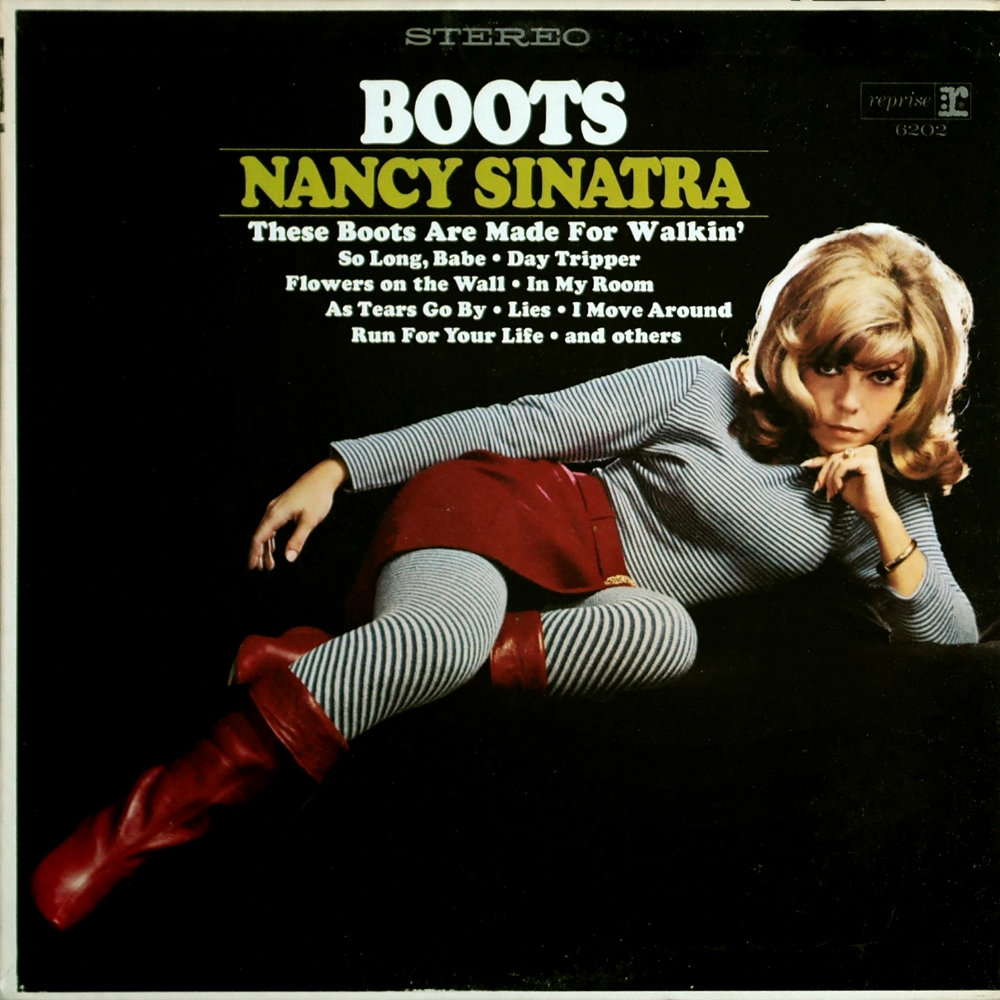
750
A number one hit in several countries, “These Boots Are Made for Walkin’” was one of the earliest – and most successful – collaborations between Lee Hazlewood and Nancy Sinatra. Hazelwood had penned the track intending to record it himself, but in Sinatra’s hands, “Boots” became a classic display of female empowerment.
The song’s slinky and somewhat sinister feel is largely established by its iconic descending bass line – played by Chuck Berghofer of the legendary Wrecking Crew, who recorded the song under Hazlewood’s production. Sinatra’s vocal is compelling, flirtatious, and vaguely threatening – adding to the track’s already-considerable intrigue. Though there’s an element of campiness to it – amplified by its frequent repurposing in pop culture – “Boots” is a masterful single from a fruitful creative partnership.
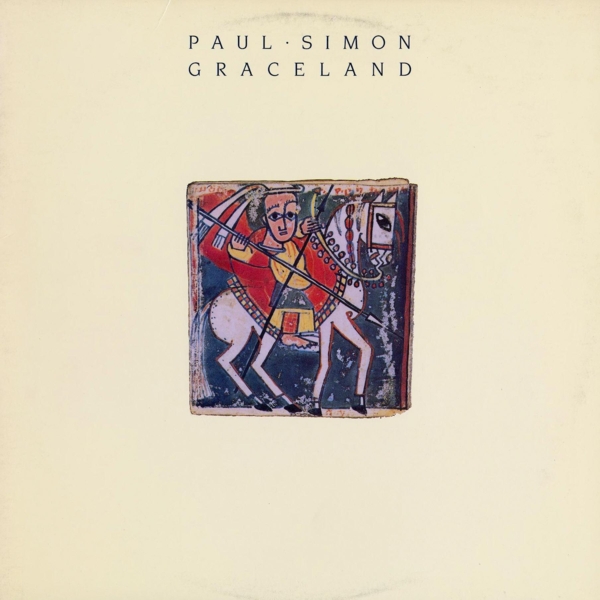
749
1986’s Graceland found Paul Simon working with a cast of South African musicians to create a record that brought the sounds of African pop to a massive global audience. While this collaboration drew controversy in some circles – as it was recorded amid a cultural boycott against apartheid – Graceland was an artistic and commercial triumph.
The album’s lead single, “You Can Call Me Al” is indicative of Graceland‘s unique charms. Impossibly catchy, the track transcends the eighties hallmarks that tend to date far lesser songs. The music is joyously effervescent – highlighted by the remarkable fretless bass work of Bakithi Kumalo, and the iconic horn riff that runs throughout. Simon’s lyrics are among his most impressionistic, and far more poetic than the average pop hit of its time.
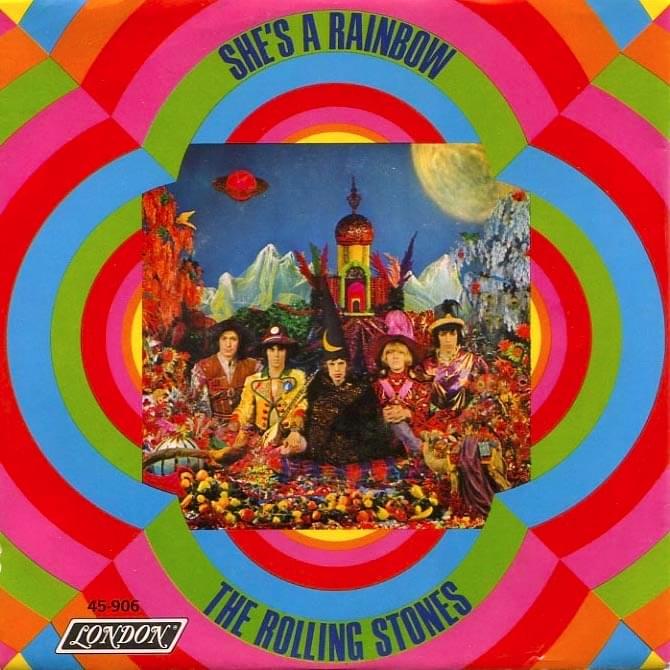
748
The unquestionable highlight of their Sgt. Pepper-following album, Their Satanic Majesties Request, “She’s a Rainbow” is one of The Rolling Stones’ finest dalliances with psychedelia. A warmly inviting slice of baroque pop, the track may have found the group riding the coattails of The Beatles, but doing so to glorious effect.
“She’s a Rainbow” undoubtedly bears the stamp of Brian Jones – the Stones’ most experimentally-minded member – but it was written by Mick Jagger and Keith Richards. The recurring phrase “she comes in colors” was lifted from a 1966 song of the same name by the Los Angeles group, Love, and the recording provides those vibrant colors through its lush, kaleidoscopic arrangement.
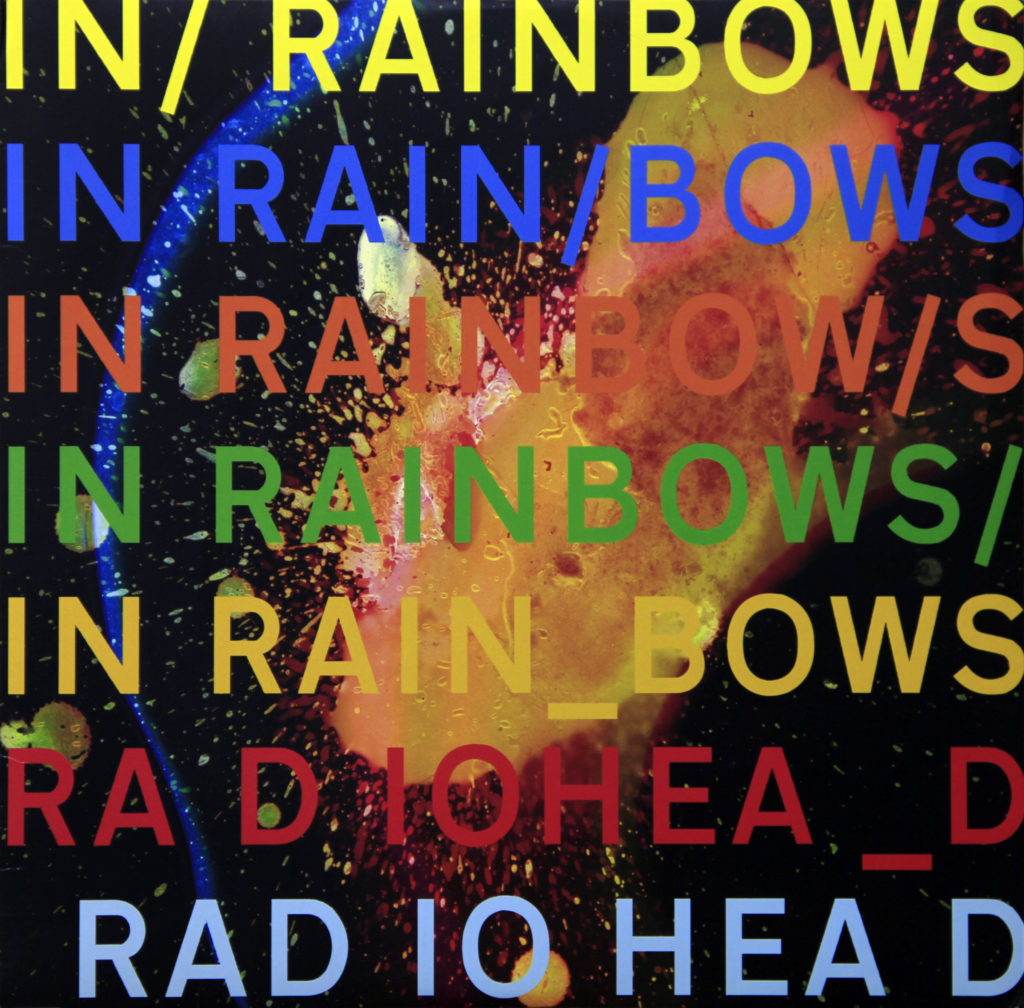
747
Radiohead’s seventh album was famously released on short notice, in a “pay what you wish” manner. This unconventional strategy initially threatened to turn the story of In Rainbows into one about its release, rather than its content. Fortunately, time has revealed the album to stand as one of the group’s finest sets of songs, of which “Weird Fishes / Arpeggi” is an obvious highlight.
Not – as its title implies – a multi-part song, “Weird Fishes” is a winding track that finds the Oxford quintet easing into its craftsman era with grace and elegance. The intertwining, arpeggiated guitar work of Jonny Greenwood, Ed O’Brien, and Thom Yorke is given the freedom to float over the steady rhythm provided by Colin Greenwood’s bass and Phil Selway’s metronomic, krautrock-inspired drumming. It’s a hypnotic track that finds a great band showing off their musical chemistry to stunning effect.
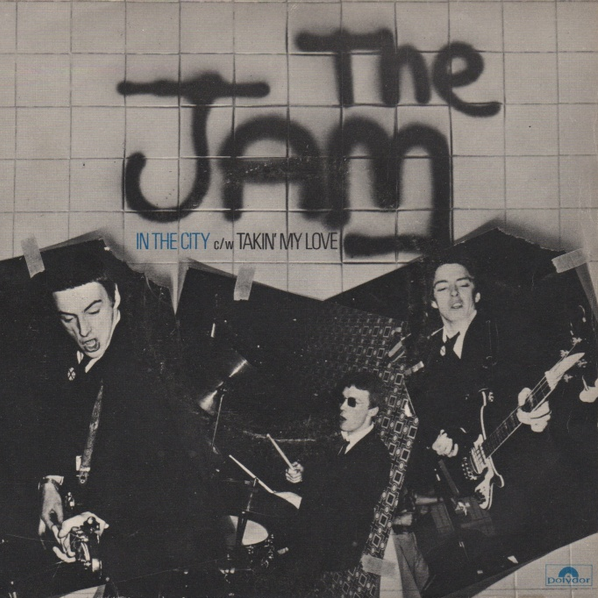
746
Though they arrived amidst the first wave of British punk, Surrey’s The Jam always stood at odds with the punk scene, largely due to their embrace of sixties-era mod culture. Regardless, the group’s debut single, “In the City,” unquestionably drew its water from the well of both punk and sixties rock – most notably, The Who and The Kinks.
Lead vocalist/guitarist Paul Weller waxes enthusiastic about “the young idea” – essentially, the energy of the exciting new music scene that was aiming to claim the reigns of rock music from the generation that Weller had so much reverence for. While British punks would generally decry things like “phony Beatlemania,” Weller saw his music as the next step in a rich continuum.

745
The track that effectively launched “Beatlemania,” “Twist and Shout” is arguably the only Beatle cover song to become a lasting part of the cultural lexicon. Originally recorded by the Top Notes, and a 1962 hit for The Isley Brothers, “Twist and Shout” became a rousing highlight of The Beatles’ live act during their residency at Hamburg’s Star Club. It would be the final song that the group recorded during the marathon session that produced their 1963 debut album, Please Please Me.
The Beatles’ studio version of “Twist and Shout” features a legendary vocal performance from John Lennon – his voice “torn to shreds” from the effects of a cold, and the thirteen hours of recording that had preceded it. Lennon nailed the song in a single take. Within a matter of weeks, the album that it anchored would begin its climb to the top of the UK pop charts, and Britain would never quite be the same again.
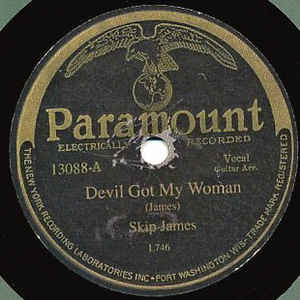
744
The Mississippi-born Skip James was one of the most influential Depression-era “songsters.” His signature track, “Devil Got My Woman,” is arguably the most haunting recording in his catalog – a mournful tale, delivered in a powerfully resigned performance that stands among the bluesiest songs you’re likely to ever hear. James’ high vocals pierce through his minor-key guitar picking, and the notoriously noisy shellac used by the Paramount label.
James – like Mississippi John Hurt, Clarence Ashley, and other folk/blues artists of his time – would be rediscovered in the 1960s, when his work was championed by a new generation of artists whom he had influenced. He would record three strong late-career albums, but nothing that could quite equal the impact of this spectral single.

743
Joy Division’s lead singer, Ian Curtis, died by suicide in May 1980. Rather than carrying on with an altered lineup, the remaining members – Bernard Sumner (guitar), Peter Hook (bass), and Stephen Morris (drums) – formed New Order shortly after, with Sumner assuming lead vocal duties. While their earliest singles found the group understandably in the shadow of their former project, by the time of their second LP – 1983’s classic Power, Corruption & Lies – the band had forged their own unique sound.
The opening track from Power, Corruption & Lies, “Age of Consent” is driven by the band’s not-so-secret weapon, their rhythm section. The airy synths of relatively-new member Gillian Gilbert float over Hook’s melodic bass line and Morris’ insistent beat. While Sumner may have lacked the intense magnetism of Ian Curtis, he manages to channel his former bandmate in a performance that is alternately icy and inviting.
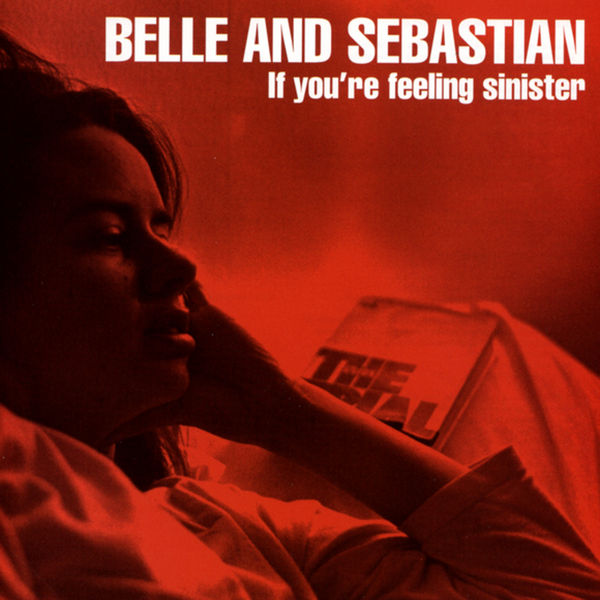
742
Glasgow’s Belle and Sebastian became an unlikely success story with their 1996 debut, Tigermilk. The album – recorded as a project for a college music business course – generated significant buzz, despite its limited release, and landed the group a deal with Jeepster Records for its follow-up. Released later that year, If You’re Feeling Sinister was a critical smash that stands as the band’s masterpiece.
A highlight on an album with zero low points, “Get Me Away From Here, I’m Dying” demonstrates the gentle pop brilliance of Belle and Sebastian’s primary songwriter, Stuart Murdoch. Murdoch’s amiable vocals and literate lyrics are carried by a wonderfully lilting melody, and backed by a lush baroque pop arrangement. While critics would fall over themselves in making comparisons to classic acts like The Zombies and Simon & Garfunkel, Belle and Sebastian would themselves soon become a point of reference for countless followers.
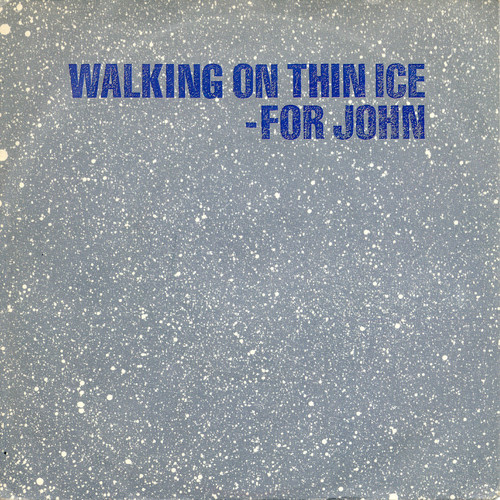
741
Unfairly maligned for decades by Beatle fans and rock critics aiming to identify a scapegoat for their beloved band’s breakup, Yoko Ono has seen her stock rise in recent years, largely due to the belated recognition of her pioneering work in the avant-garde. However, Ono also displayed an underrated pop sensibility as well, as this single – arguably her signature track – shows.
“Walking On Thin Ice” deftly mixes punk and disco into a sound that was very much in line with contemporary New Wave stylings. Ono delivers the lyrics in a deadpanned, vacant tone that matches the frigid descriptor of the song’s title. Her lines are countered by John Lennon’s aggressively brutalist guitar punctuations – recorded with the very same Rickenbacker 325 that he had used on The Beatles’ breakthrough recordings.
The sessions for “Walking On Thin Ice” wrapped on the evening of December 8, 1980. In his hands – hands which had co-authored the greatest catalog in pop music history – John proudly held a copy of the final mix of the song that would become his wife’s first hit, as he and Yoko returned home to the Dakota building.
*”Walking On Thin Ice” is not available on Spotify, and has been substituted with another Yoko Ono track*

